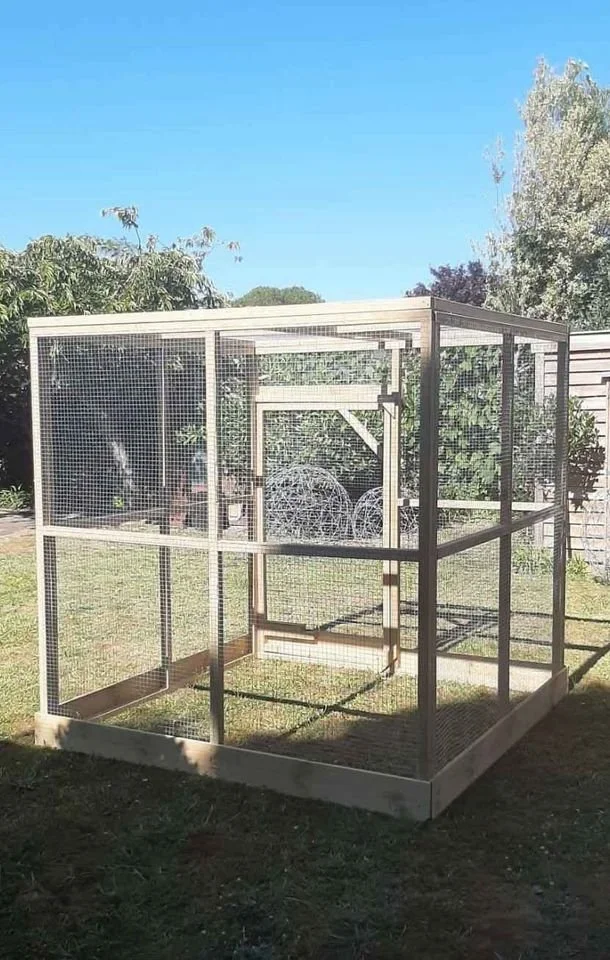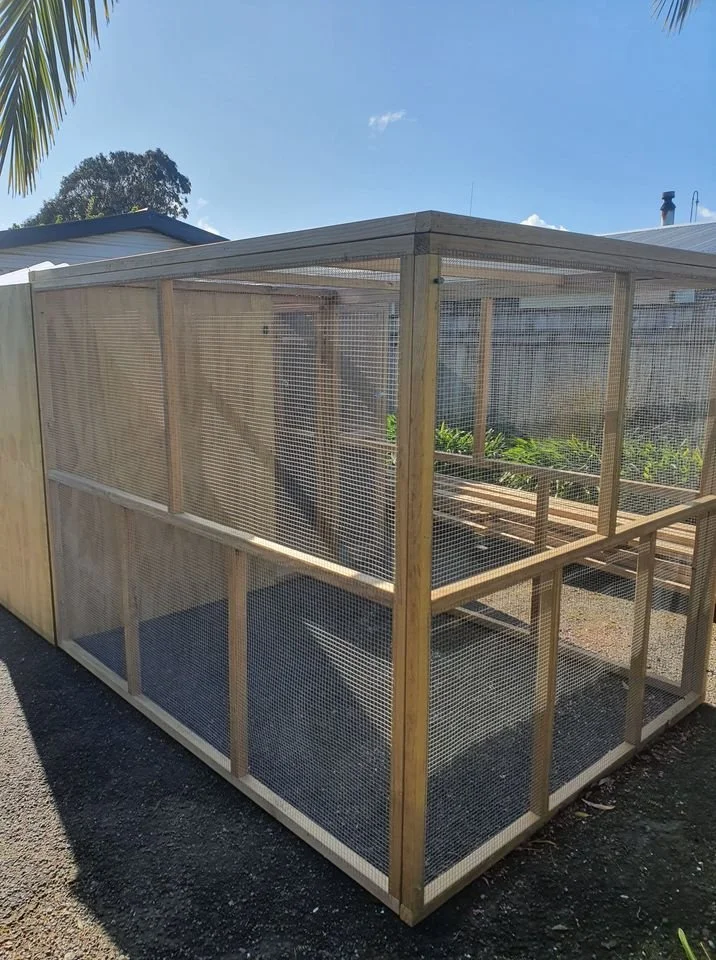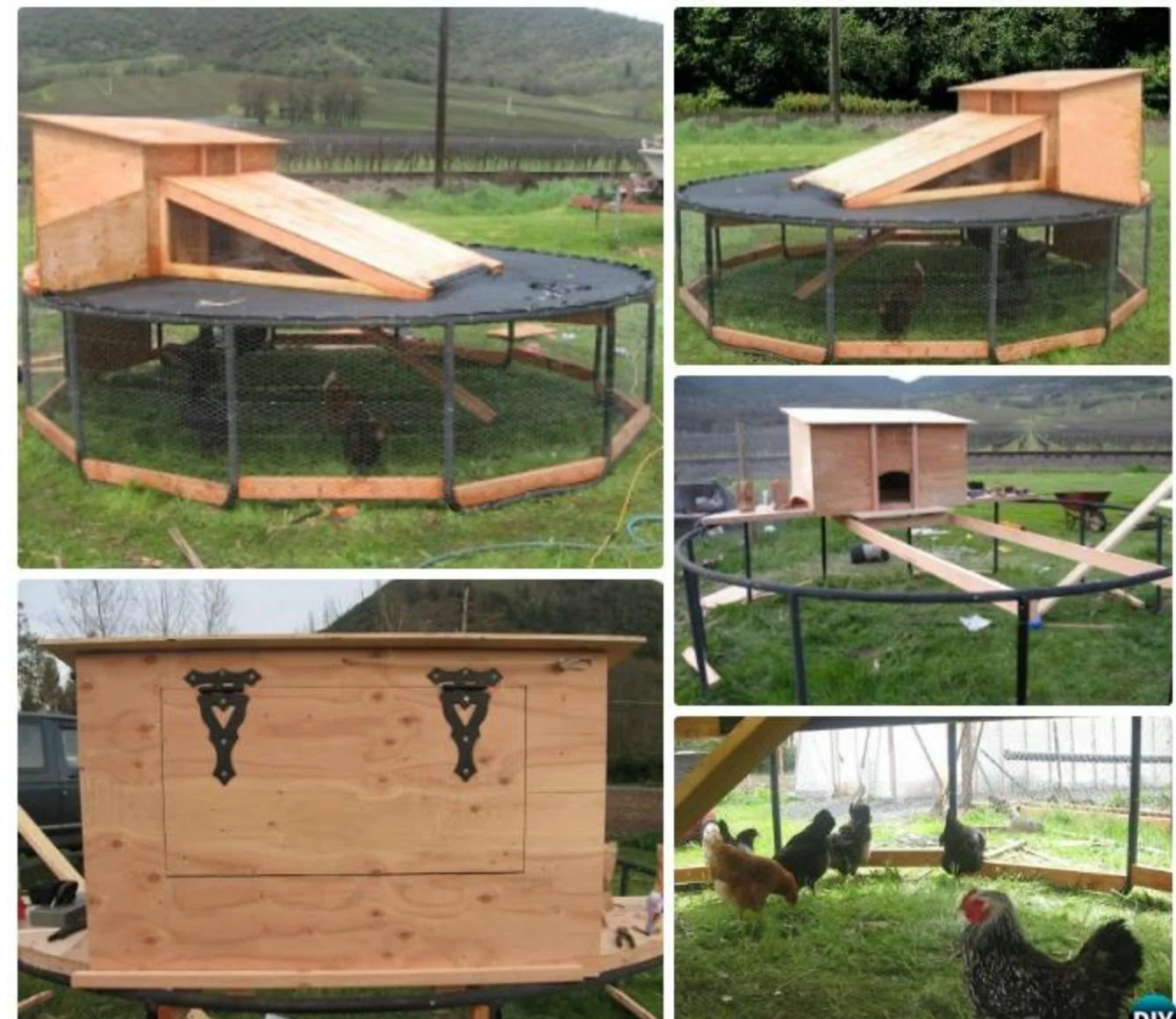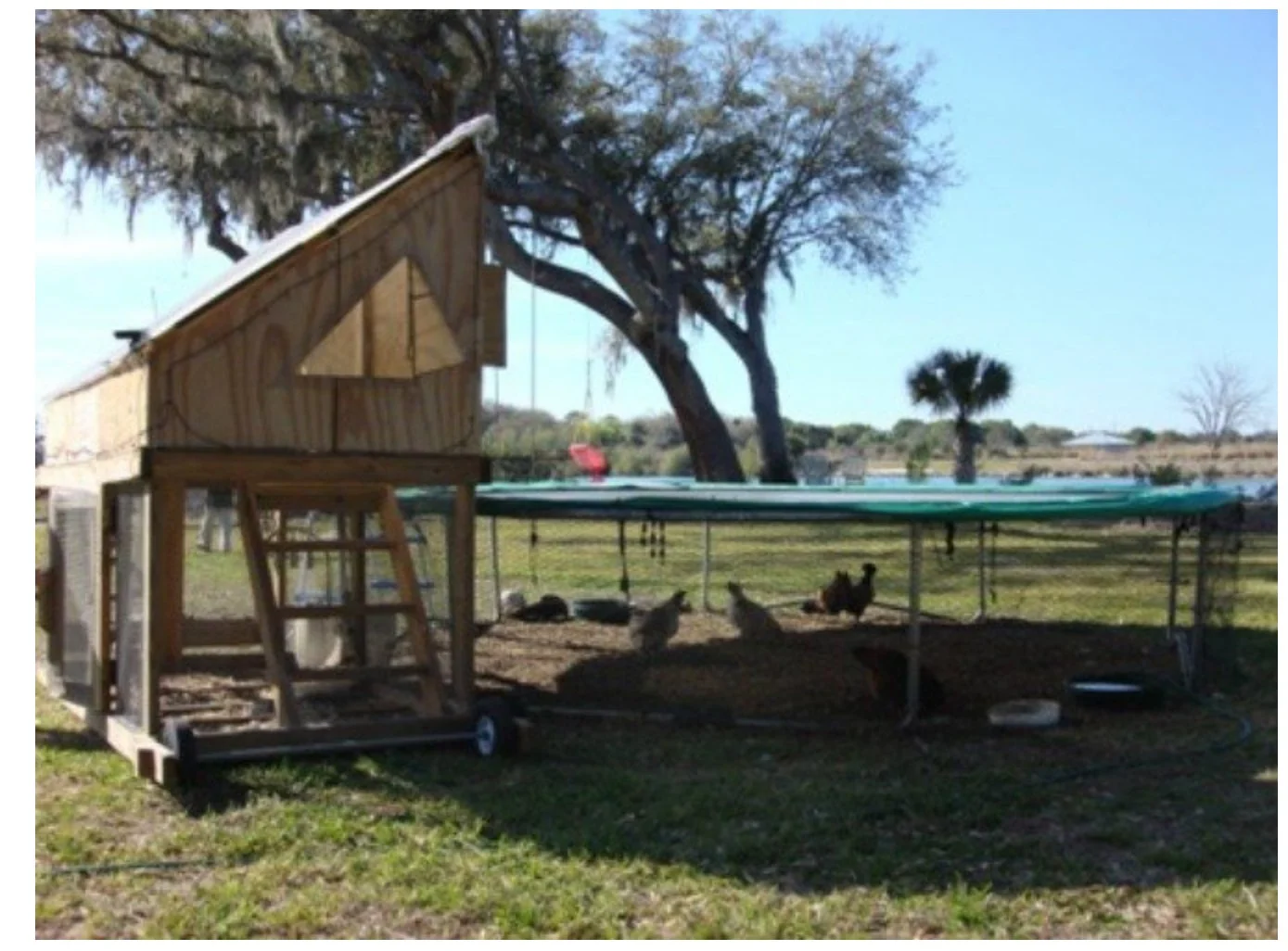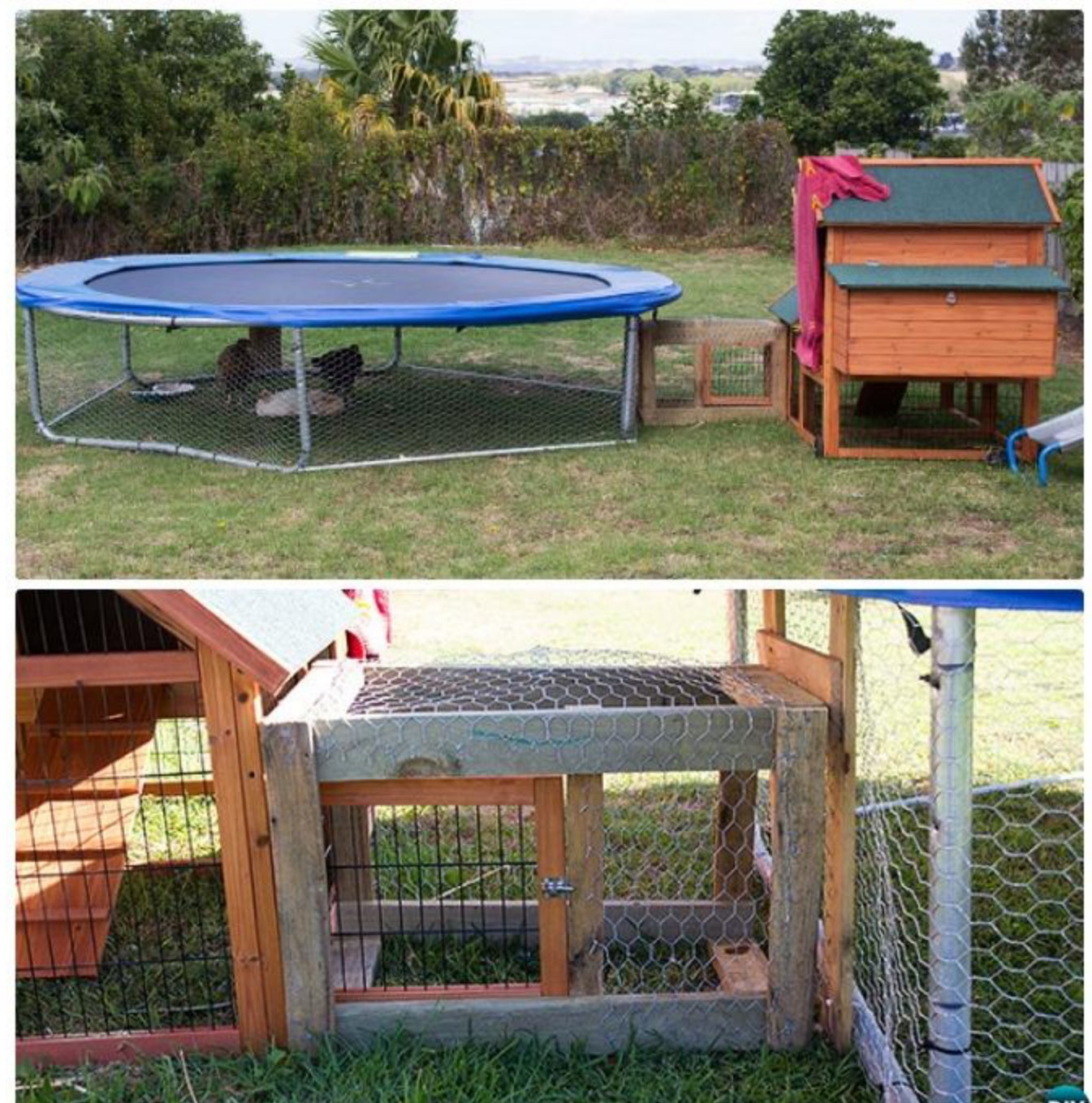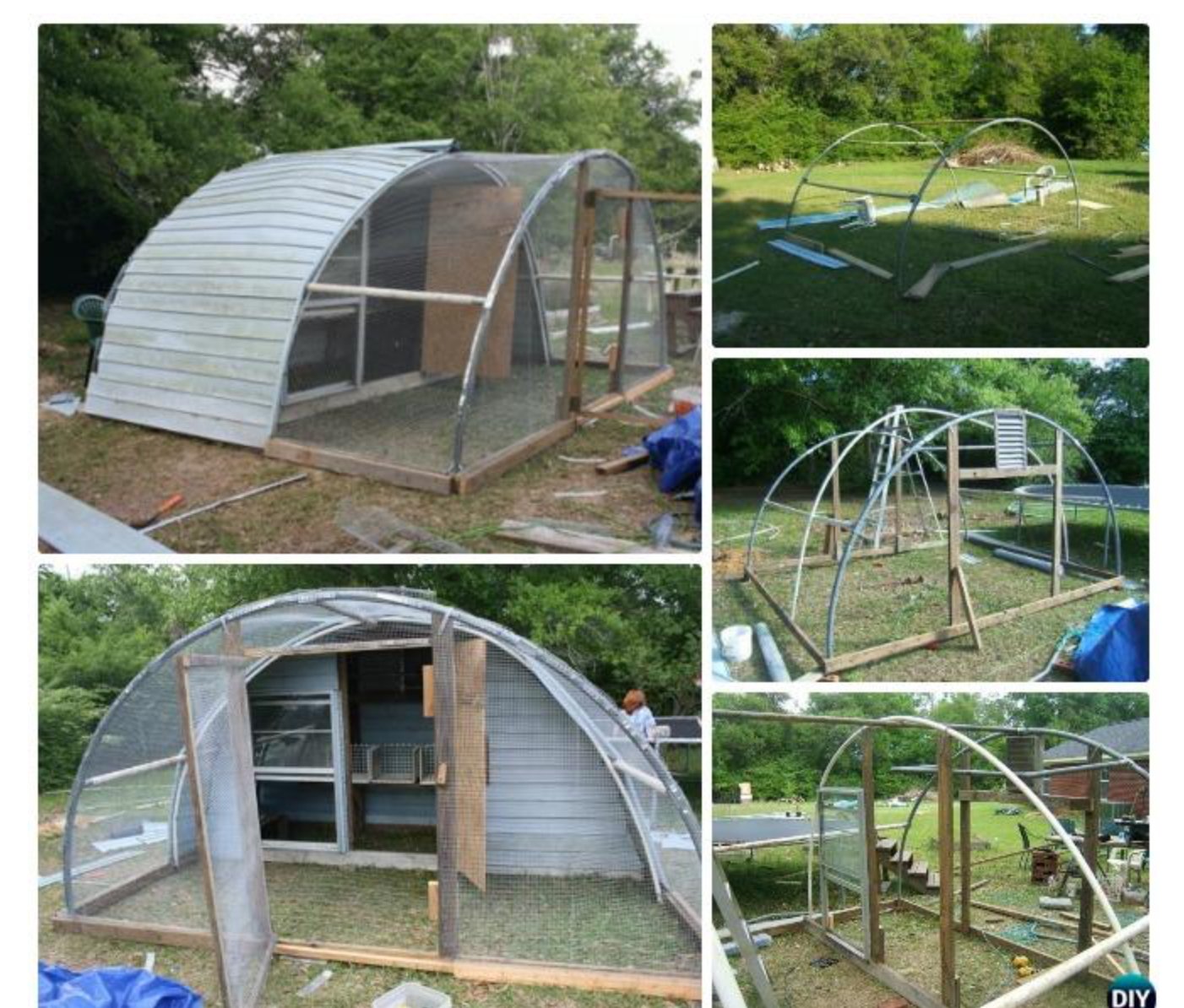Outdoor Setups
The Housing Guidelines file will help you understand just how much room rabbits actually need to be healthy and happy.
Information about suppliers can be found here - Pens / Enclosures / Tunnels / Pen Toppers and the Where Did You Get That?
This video illustrates why rabbits need lots of space!
Some Inspiration and Information from overseas …
”A fenced-in yard may look like a safe environment for bunny to play, but there are many things to consider before bunny ventures outdoors.”
Great Outdoor Exercise Set-Ups – House Rabbit Society
”Everybody’s seen them at the pet store. A cage 24 by 18 inches or smaller, containing a package of pine shavings, a water bottle, and a cardboard box of rabbit pellets. A “starter kit” designed to go with the spontaneous acquisition of a rabbit, probably a baby, who will fit through the small door…”
Beyond Cages: The Possibilities of Pen Living – House Rabbit Society
”Rabbits can be perfectly happy living in the house or the garden just so long as their physical and behavioural needs are catered for.”
Outdoor rabbit housing – Rabbit Welfare Assoc and Fund
Here’s something to think about … Let’s compare two examples of rabbit accomodations…
TradeMe Dog Enclosures – This brand is a ‘Bingo’. With this sort of enclosure you can create an incredibly rich environment for your rabbit by putting a standard hutch or two for shelter/sleeping inside, and then adding lots of other fun things for your buns to play on, in, under and around. I would recommend having the roof covered for both sun and rain protection.
A large run – measuring 4m x 4m x 1.8m (H), can be purchased from Trademe or Treasurebox online. This would provide 16m2 of ‘floor space’ for its bunny in habitants to play in and plenty of height/space for bun slaves to hang out with their masters. (There are smaller ones available as well…)
A second example – above, is also available on Trademe. The largest hutch I could find listed measure 3.1m x 0.73m x 1m (H) and provides a total of 3m2 (this includes the house portion) and whilst this is a lot bigger than the appallingly small hutches that are commonly sold as housing for rabbits, it is still not big enough for a rabbit to live in full time. The other issue with these products is that they are not dog proof (unless modified) and they tend to fall to bits after a few years.
So by investing around 50% more in your rabbit setup, you could potentially increase your rabbit’s living space by over 400%
…Food for thought huh?
Suggested modifications for setting up a walk in Dog Enclosures … No matter what the size of your rabbit –
*Attach finer gauge netting – use small gauge (12mm x 12mm) weldmesh, at least around the bottom approx 1m of the inside of the pen. You can also allow at least a 1/2 meter overhang for you to bury into the ground to create a dig barrier.
*To attach the wire/weld mesh you can use plastic cable ties but be aware that they can break and the bunnies can chew them. Alternatively, use metal cable ties, C-clips or wire.
*Buy the biggest steel tent pegs you can from Bunnings and use at least 3 in each footing, or use Y Posts banged in at 45 degree angles and wire the run to these, or use a system like the JumpFlex Trampoline Kit.
*Cover the roof – The best option is to use ply, polycarbonate twinwall, corrugated tin or polycarbonate roofing to make a roof. You can also insulate underneath a solid roof with Silverzone industrial/warehouse insulation to cut the summertime solar gain. This product is like giant aluminium/silverised bubble wrap and is a real game changer. You can purchase this from Elite Insulation.
Some folk use a UV stable tarp to cover over the top. Use a heavy grade, high quality tarp. This will last around 1-2 years before breaking down. The tarp must have the support of mesh underneath it otherwise it will fill with rain, sag and fall in. However… tarps also flap a lot in the wind no matter how well they are secured….
*Add a kick board to the door so there is no hole – use plywood or mesh, or make an ‘air lock’ area with pen panels to stop door diving or squeezing through the gaps around the door.
Sally Wheater - Zippi tunnels connecting two areas.
Making a Bun ‘Village/Condo’
When we think about housing our buns, we need to have an open mind and often, think laterally…
Whilst one large enclosure is wonderful, it is not always achievable or possible for a number of reasons. Another approach is to take the ‘Bun Village/Condo’ approach using a number of units which are joined together to collectively make a big setup.
Connecting tunnels make this approach much easier – and FUN for your rabbit. In the UK a system called ‘Run Around’ is sold just for this purpose but here our choices are limited. Drainage coil can be used but getting it in a size and length that works is extremely expensive. An option available to us here in NZ is using one or more solid but bendy plastic tunnels which are available from various pet suppliers. Multiple tunnels can be zip locked/cable tied together and then zip locked to the runs to join the units together. If your rabbit would be prone to chewing the zip ties you could use metal ones instead.
Zippi Tunnels are a more sturdy option. They are, heavy duty, dog proof and UV stable.
Using this approach over time and adding to it as unit become available via TradeMe or on Community Pages (always sterilise them before use of course) a really big, roomy and fun set up can be achieved…. something to think about huh?
You can read more about tunnels for joining areas together here - Pens / Enclosures / Tunnels / Pen Toppers
Convert a Tramopline - Ideas for doing this can be found here - DIY Trampoline Chicken Coop
The Original Westley’s World Snuggle Box.
This is a solid and roomy alternative to a commercially bought hutch and meets minimum housing guideline requirements. You can read all about how to go about making one here - The Original Westley's World Snuggle Box
Ideas on how to secure the base of your Enclosure or Run can be found here Enclosure Run & Pen Bases .
This is an intriguing idea for a shelter – I’d love to see someone make one!
Safe Paint for Rabbit Hutches/Buildings
It is essential to protect outdoor housing - especially if the timber or ply is untreated, with an exterior rated paint. This waterproofs the timber, extending its useful lifespan and stops rain/dampness from seeping into the interior of the housing.
Waterborne acrylic exterior paint free from VOC's should be fine... But check the labelling carefully.
I’ve had good experiences with both Wattyl Solagard & Resene Lumbersider. Another option to try is the Natural Paint Co.
Treated vs Untreated Timber
If building your own housing/runs/enclosures (always a great idea!) you can use treated timber as long as the mesh - weldmesh is best, is installed on the inside of the framing so that your rabbit/s can’t chew the timber.
Stoats, Ferrets and Weasels - Protection from Mustelid Attacks
If you live in an area where Stoats, Ferrets or Weasels abide it is essential to protect your rabbits from attack. This means that your housing and run must be 100% secure from incursion. Mustelids can squeeze through a 1.3cm x 1.3cm (1/2 inch) hole, so all mesh needs to have holes smaller than this. This includes any gaps around doors etc. The base must also be fully meshed, or you need to bury mesh at least 40cm into the ground around the perimeter.
The most commonly available mesh for this will be 12mm x 12mm Weldmesh. Something like this mesh from Bunnings would work - Whites 90cm 12 x 12 x 0.7mm x 30m Wire Aviary Mesh. Some super strong and long lasting options are Xcluder® stainless steel welded fence mesh which has 6mm x 25mm holes and is guaranteed to exclude Mustelids and Xcluder® galvanised rodent fence mesh which has 6mm x 6mm and also excludes mice and rats.
Traps - Another wise move is to set traps. If you use live traps you will need a plan in place for humane disposal of the Mustelid. Predator Free NZ has information about the best approach - Practical Guide to Trapping, and the traps to use based on species - How to Choose the Right Trap. There are numerous options for trap purchase including the following - Plastic Doc 200, Connovation Traps, Good Nature Traps, Traps.co.nz, National Traps.
Run/Pen bases - How to Prevent Sore Hocks
Surfaces such as concrete, pavers, fake grass, wooden floors, wire, tiles and carpet are either hard or abrasive and can cause sore hocks. “An ounce of prevention is worth a pound of cure," and this has never been more true than in the case of sore hocks. If sore hocks are allowed to worsen and pressure sores develop, they are very difficult to treat and recurrence is common. Normally, the prevention for sore hocks is to provide a rabbit with a clean, soft and overall hygienic lifestyle but this can be challenging.
Here are some ways to prevent sore hocks:
* Check your rabbit's feet and hocks often for signs of inflammation. If you notice any symptoms, begin treating immediately. If you just notice minor redness, try applying Collasate (from WW), Calendula cream, Flamazine etc to help relieve the skin.
* If you see signs of inflammation or a developing sore, try using a baby sock or padding with a cohesive bandage to protect your rabbit's foot. This will help protect it from pressure, scraping, wetness and, if you are applying cream, licking.
* Change their flooring - Do everything you can to evenly distribute pressure on your rabbit’s hock while s/he is resting on their bedding. For indoor rabbits or inside huches etc this may mean adjusting their bedding to something softer and more pliable - a bedding that adjusts to support your rabbit just like an orthopedic mattress does for humans. Try adding an 'egg-crate' foam, memory foam or compressed foam mats underneath their bedding to vary the bedding surface and limit pressure. Memory foam bath mats can work well too. Jute or thick cotton mats, multiple layers of polar fleece and layer of soft cotton sheets can help as well.
* Clip your rabbit's nails regularly. Short nails will assist in distributing weight more evenly on the base of the foot. Longer nails cause the rabbit to shift more weight to the back of the paw, stressing that area, and increasing the potential to form sores.
* Keep your outdoor rabbit’s enclosure as clean and as dry as possible. Buy extra bedding so that you can switch it out as it gets wet. Use more absorbable bedding and bedding that wicks moisture away from the surface. Outside - especially to cover concrete, use the compressed foam ‘jigsaw’ mats for a softer surface and/or add a thick layer of Barley straw. If the area is wether proof then jute and cotton mats can also be used.
* Keep your rabbit as clean and as dry as possible, especially in the hock area. Increase your cleaning frequency and effectiveness.
Suppliers - Trade Me, Best Deals, Paktec, Treasure Box, Hercules store, TSB living, Trade Tested, Living Culture
Search for 'large dog run', 'chicken run', 'heavy duty dog pen' ‘heavy duty puppy pen’ etc
Copyright 2019 - Jen Herd/Westley’s World




